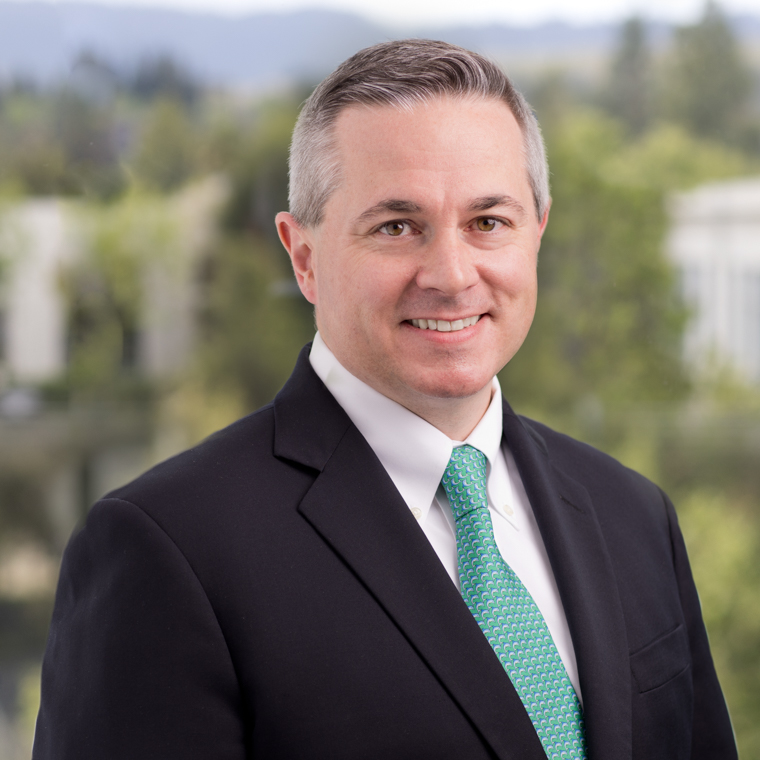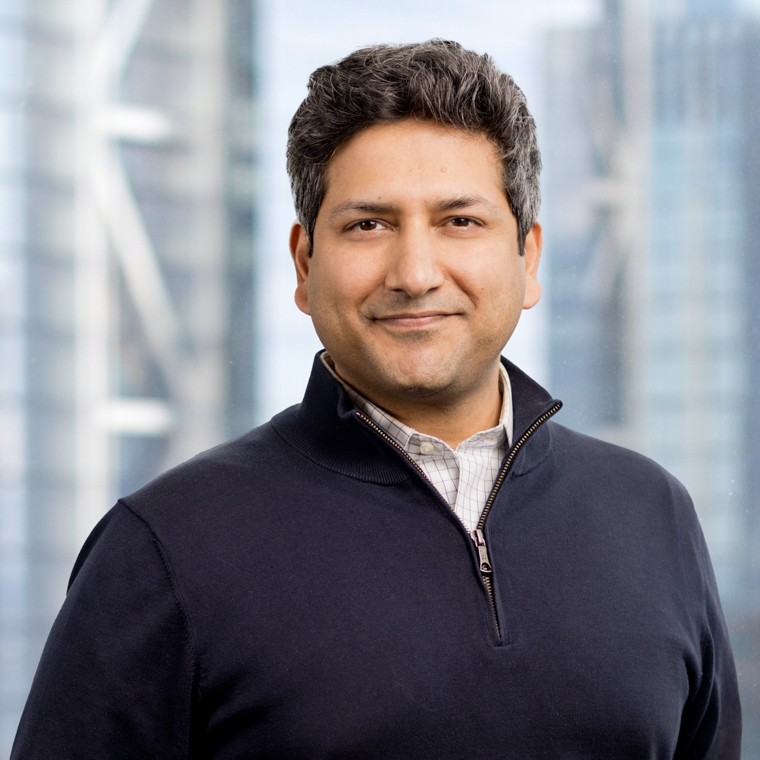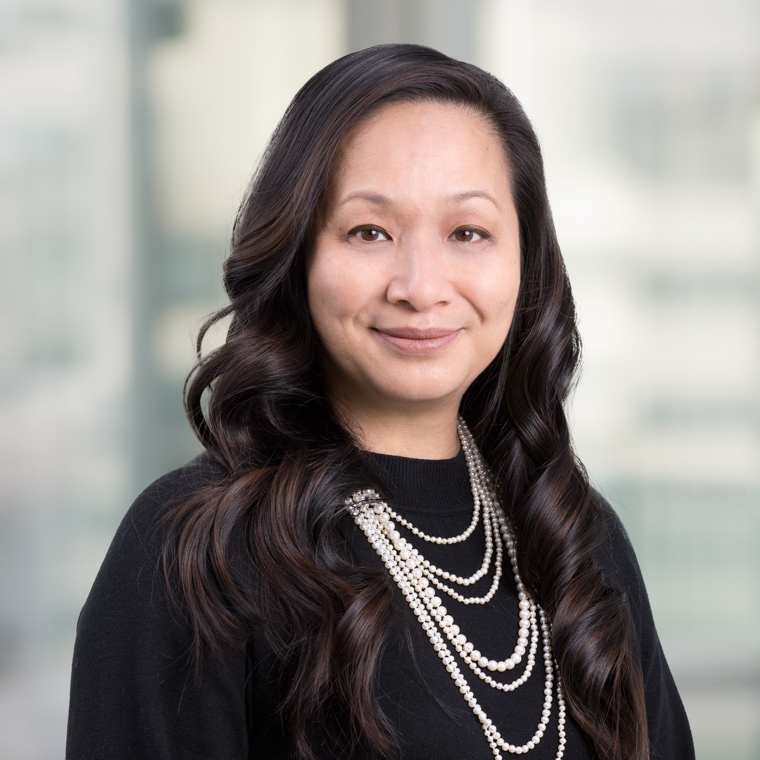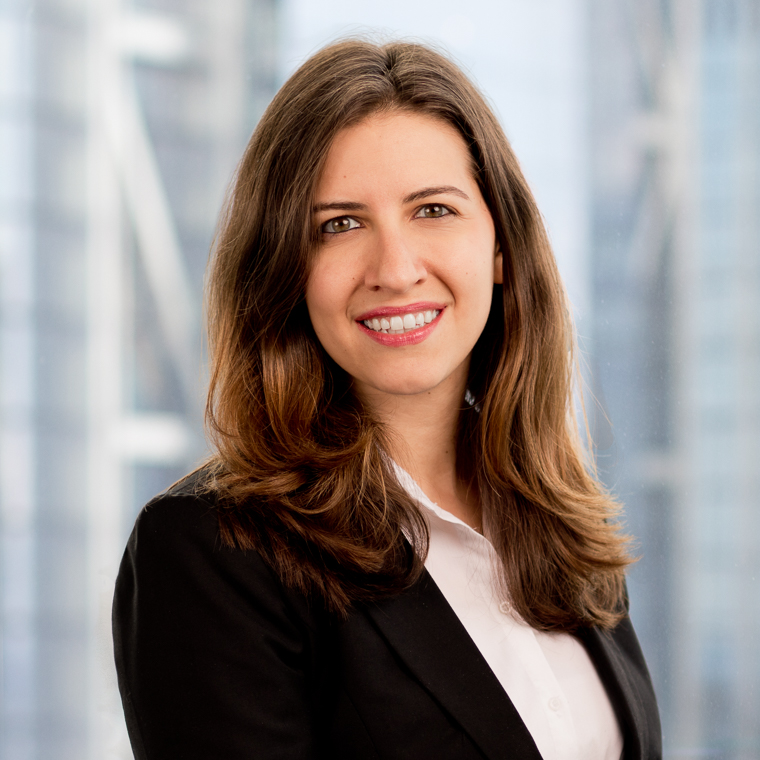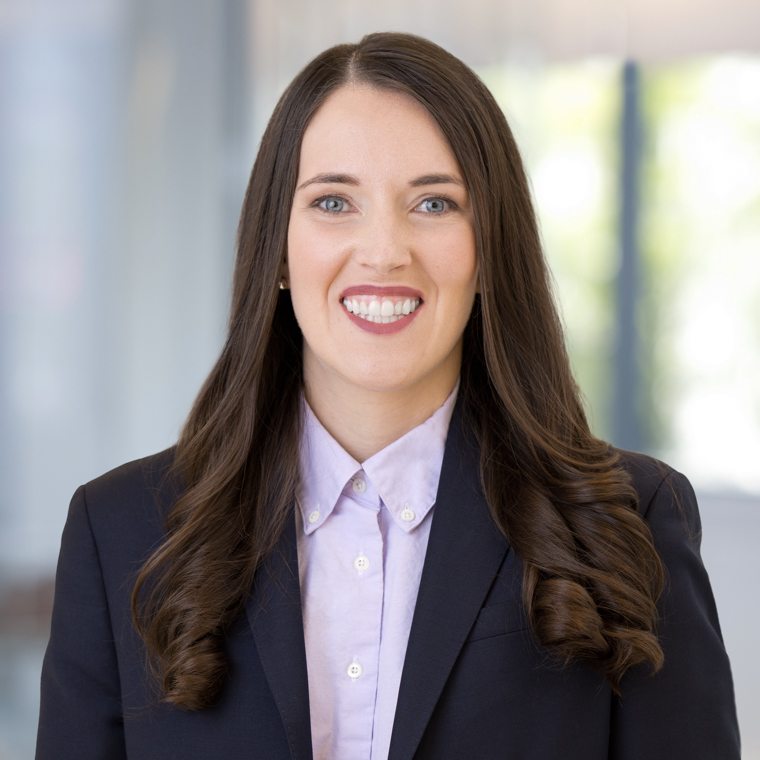Precedential and Key Federal Circuit Opinions
LKQ CORPORATION v. GM GLOBAL TECHNOLOGY OPERATIONS LLC [OPINION] (2021-2348, 5/21/24) Moore, Lourie, Dyk, Prost, Reyna, Taranto, Chen, Hughes, Stoll, and Stark
Stoll, J. The Court vacated a final written decision of the Patent Trial and Appeal Board finding a design patent nonobvious and remanded.
Appellants filed a petition to institute an inter partes review of Appellee’s design patent, asserting that the challenged claim was unpatentable under 35 U.S.C. § 103. The Board applied the long-standing, two-part Rosen-Durling test to assess the nonobviousness of the claimed design. In the first step, Rosen requires “something in existence, the design characteristics of which are basically the same as the claimed design,” commonly referred to as the “Rosen reference.” If no Rosen reference is found, the obviousness inquiry ends without consideration of step two. At step two, Durling requires that “[o]nce this primary reference is found, other references may be used to modify it to create a design that has the same overall visual appearance as the claimed design.” But any secondary references must be “so related [to the primary reference] that the appearance of certain ornamental features in one would suggest the application of those features to the other.”
The Board determined that Appellants failed to establish that the challenged claim would have been obvious because Appellants failed to identify a Rosen reference. A panel of the Court affirmed the Board decision. The Court granted rehearing en banc and vacated the panel opinion.
The en banc Court overruled the Rosen-Durling test, concluding that “the Rosen-Durling test requirements—that (1) the primary reference be ‘basically the same’ as the challenged design claim; and (2) any secondary references be ‘so related’ to the primary reference that features in one would suggest application of those features to the other—are improperly rigid.” The Court held that “[i]nvalidity based on obviousness of a patented design is determined [based] on factual criteria similar to those that have been developed as analytical tools for reviewing the validity of a utility patent under § 103, that is, on application of the Graham factors.” The Court noted that the Graham test “has proven workable for utility patents,” and the Court saw “no reason why it would not be similarly workable for design patents.”
The Court held that “[w]here a primary reference alone does not render the claimed design obvious, secondary references may be considered. The primary and secondary references need not be ‘so related’ such that features in one would suggest application of those features in the other but they must both be analogous art to the patented design.” The Court did not “delineate the full and precise contours of the analogous art test for design patents. Prior art designs for the same field of endeavor as the article of manufacture will be analogous, and [the Court] [did] not foreclose that other art could also be analogous.”
Judge Lourie concurred in the judgment.
*WilmerHale represented Apple Inc. as amicus curiae in this appeal.
CORE OPTICAL TECHNOLOGIES, LLC v. NOKIA CORPORATION [OPINION] (2023-1001, 5/21/24) Dyk, Mayer, and Taranto
Taranto, J. The Court vacated the district court’s grant of summary judgment that Appellant lacked standing to assert the patents-in-suit and remanded for further proceedings. Appellee had argued that even though the inventor, Dr. Mark Core, had assigned the patent to Appellant, the assignment was ineffective because Dr. Core had already assigned the patent rights to TRW Inc. through an employment-associated agreement.
The agreement between Dr. Core and TRW stated that Dr. Core was not required to assign an invention “which was developed entirely on [Dr. Core’s] own time.” The summary judgment record indicated that, in the course of his PhD research, Dr. Core conceived of and reduced to practice the invention claimed in the asserted patent. Dr. Core sought and received funding for his PhD studies through TRW’s fellowship program.
The parties offered competing views as to what it meant for an invention to be “developed entirely on [Dr. Core’s] own time.” In Appellant’s view, TRW’s time was any time Dr. Core spent working “on the clock” on commercial projects at TRW’s specific direction, and Dr. Core’s “own time” is everything else (including his PhD research). Appellees asserted that “TRW’s time also includes any time Dr. Core spent participating in the TRW fellowship program, with its substantial support conditional on pursuing the PhD work.” The Court “conclude[d] that the entirely-own-time phrase does not itself decisively compel either interpretation,” and “[t]he determination of mutual intention appears to call for findings of fact inappropriate for summary judgment.”
Judge Mayer dissented, writing that “the district court correctly granted [the] motion for summary judgment after determining that, as a matter of California law, Core did not develop the patented invention ‘entirely on [his] own time.’”
SPECK v. BATES [OPINION] (2023-1147, 5/23/24) Dyk, Bryson, and Stoll
Dyk, J. The Court reversed, vacated, and remanded the Patent Trial and Appeal Board’s decision in an interference proceeding awarding priority to Appellees.
The Board declared an interference on August 10, 2020, identifying Appellees as the senior party and Appellants as the junior party. Appellants filed a motion to terminate the interference on the ground that the claims of the Appellees’ application were time-barred under 35 U.S.C. § 135(b)(1) because Appellees amended the claims in their application more than one year after the Appellants’ patent was published (i.e., after the critical date of September 4, 2013). Section 135(b)(1) provides: “A claim which is the same as, or for the same or substantially the same subject matter as, a claim of an issued patent may not be made in any application unless such a claim is made prior to one year from the date on which the patent was granted.”
Appellants contended that section 135(b)(1)’s time-bar can only be avoided if two conditions are satisfied: “(1) the precritical-date claim . . . must not contain any material limitation that is absent from the post-critical-date claim, and (2) the post-critical-date claim must not contain any material limitation that is absent from the pre-critical-date claim.” Appellants referred to this analysis as the “two-way test” because it involves looking both ways to see if either set of claims contains a limitation not found in the other, rather than just looking to see if the post-critical date claims have additional material limitations. Appellants argued the two-way test was not satisfied because the post-critical date claims were broader than the pre-critical-date claims. The Board rejected Appellants’ argument, applying only a one-way test, and declining to apply a two-way test. It looked only to see if the post-critical date claims were narrower, not whether they were broader.
The Court held that “[a]pplying a one-way test would permit materially broader post-critical date claims to avoid section 135(b)(1), despite having a materially broader scope” and that “the two-way test should be applied to determine if pre-critical date claims and post-critical date claims are materially different.” The Court further concluded that “as a matter of law the pre-critical date claims are materially different from the post-critical date claims,” and Appellees’ application was time-barred under section 135(b)(1).
*WilmerHale represented Appellants in this appeal.
ECOFACTOR, INC. v. GOOGLE LLC [OPINION] (2023-1101, 6/3/24) Lourie, Prost, and Reyna
Reyna, J. The Court affirmed the district court’s denial of Appellant’s motion for summary judgment of invalidity, motion for judgment as a matter of law of no infringement, and motion for a new trial on damages. Appellant’s patent relates generally to the operation of smart thermostats in computer networked heating and cooling systems. Appellee sued Appellant for patent infringement over Appellant’s smart thermostat products.
Appellant contended the district court erred in denying Appellant’s motion for summary judgment that the asserted patent claim was directed to patent ineligible subject matter under 35 U.S.C. § 101. The district court denied the motion and submitted step two of the Alice inquiry to the jury. At trial, the verdict form asked whether Appellant met its burden to prove by clear and convincing evidence that the elements of asserted patent claim, when taken individually and as an ordered combination, involved activities or technology that were well-understood, routine, or conventional to a skilled artisan at the time of the invention. The jury answered “no.” Appellant appealed the order denying summary judgment but not the jury verdict on Alice Step 2. The Court held that “a district court’s denial of summary judgment is not appealable after a trial on the merits.” The Court held that “[b]ecause trial on the merits of the § 101 issue was held, the court’s denial of summary judgment [wa]s not appealable.”
On infringement, the Court concluded that the jury’s infringement verdict was supported by substantial evidence.
On damages, Appellant argued that Appellee’s damages expert’s opinion should have been excluded from trial because “it lacked any reliable methodology or underlying calculations.” The Court held that Appellee’s damages expert’s opinion was “sufficiently reliable for admissibility purposes,” because the expert “based this rate on the following admissible evidence: three license agreements and the testimony of [Appellee’s] CEO.” Appellant argued that Appellee’s damages expert’s testimony was unreliable because “there [wa]s no evidence that the parties to the three license agreements actually applied the $X royalty rate.” The Court held that “the three admissible license agreements each disclose[d] that [Appellee] believed that the lump sums in each license was ‘based on’ the $X royalty rate.”
Appellant also argued that Appellee’s damages expert’s testimony should have also been excluded from trial for a lack of comparability and apportionment. According to Appellant, the three license agreements were for Appellee’s entire patent portfolio and Appellee’s damages expert failed to account for the value of the asserted patent within that portfolio. The Court held that Appellee’s damages expert “relied on sufficiently comparable licenses and his opinion sufficiently apportioned the value of the [asserted] patent for the issue to be presented to the jury.”
Judge Prost dissented in part because, in Judge Prost’s view, (1) Appellee’s damages expert “calculated an $X royalty rate” from the three lump-sum licenses in an unreliable way in part because the “the licenses themselves say that each lump-sum payment ‘is not based upon sales and does not reflect or constitute a royalty,’” and (2) “the $X rate in any event did not reflect the value of the [asserted] patent (as distinct from that of other patents covered by those licenses)” because Appellee’s damages expert “failed to account for the impact of the specific remaining patents in [Appellee’s] portfolio, other than by referencing a generic ‘downward pressure.’”
